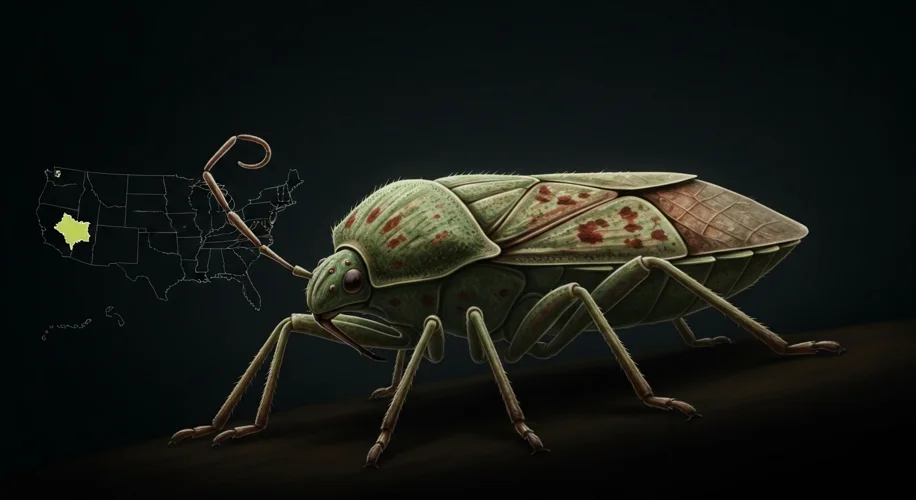Did you know that a disease carried by the “kissing bug” might be spreading in the United States? Researchers are sounding the alarm, and it’s a topic that hits close to home for anyone concerned about how our changing environment affects our health.
Chagas disease, as it’s known, is caused by a parasite called Trypanosoma cruzi. This parasite is often transmitted when a triatomine bug, commonly called a kissing bug, bites a person and then defecates near the bite wound. When the person unknowingly scratches the wound, the parasite enters the bloodstream.
For a long time, Chagas disease was primarily found in Central and South America. However, recent research suggests that the kissing bug, the vector for this disease, may be establishing itself in new areas, including parts of the United States. This shift is often linked to changes in our environment and climate.
Why is this happening?
As scientists, we study how climate patterns and human activity can impact the spread of diseases. For instance, warming temperatures can allow insects that carry diseases to expand their habitats into regions where they previously couldn’t survive. Changes in land use, like urbanization or agricultural development, can also bring wildlife, including these insects, into closer contact with human populations.
Think about how shifts in atmospheric science can directly influence ecological systems. A slightly warmer winter or a longer summer can give insect populations a better chance to reproduce and spread. It’s a complex interplay between the atmosphere, ecosystems, and public health.
What are the health impacts?
Chagas disease can have serious long-term health consequences. Initially, symptoms might be mild, like fever or swelling at the bite site. But over time, it can lead to chronic heart and digestive problems. These can be severe and even life-threatening.
What does this mean for us?
This situation highlights a critical intersection: environmental changes and public health. It’s a reminder that the planet we live on is interconnected, and shifts in one area can have ripple effects we don’t always anticipate. As someone who studies climate modeling and its impact on our environment, this is precisely the kind of challenge that demonstrates the need for vigilance and proactive research.
Understanding how diseases spread and how environmental factors influence them is crucial. It helps us develop better prevention strategies and protect communities. The potential spread of Chagas disease in the U.S. is a clear signal that we need to pay attention to these environmental connections and support the scientific research that keeps us informed.

